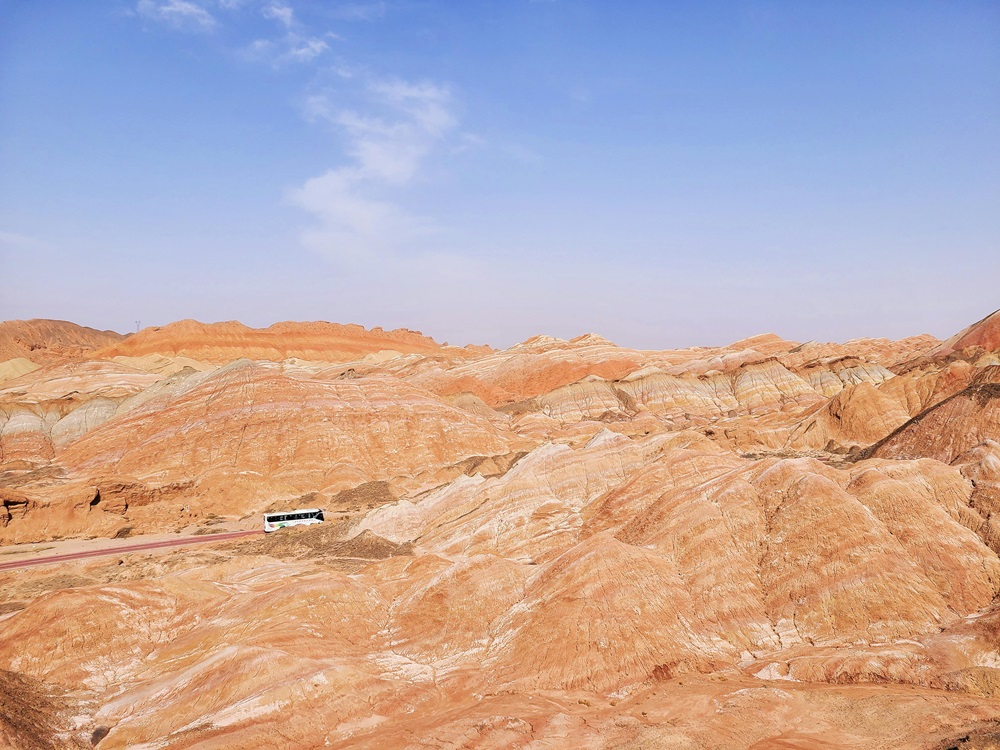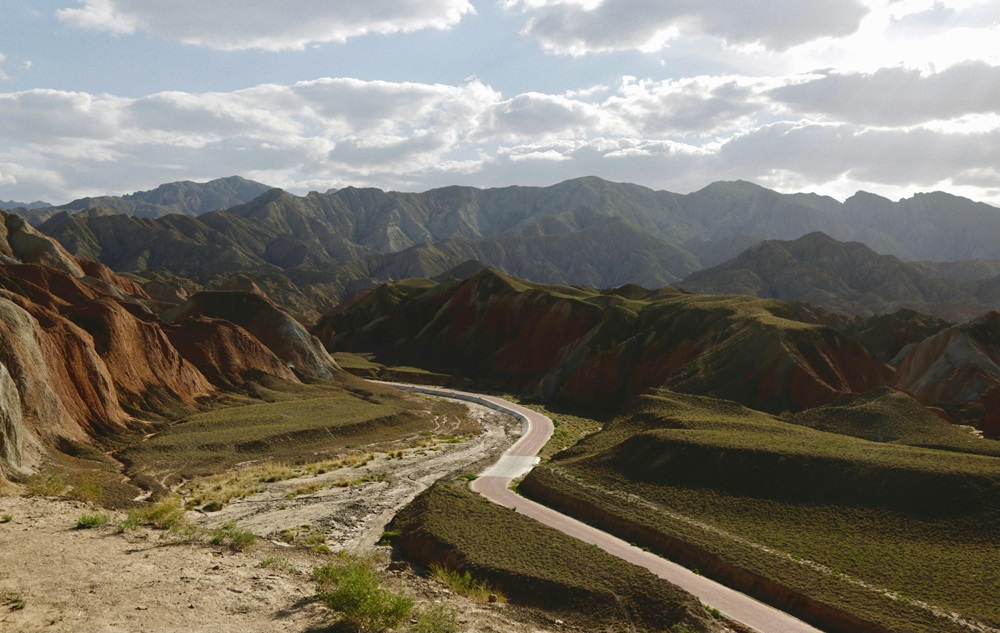Explore hidden gems in China with easy, stress-free payments

The Great Wall of China might steal the spotlight, but the country is home to countless lesser-known destinations waiting to be discovered. From colourful mountain ranges and peaceful alpine lakes to untouched rural villages, these hidden gems offer a fresh perspective on what China has to offer.
Whether you're visiting major cities or venturing far off the tourist trail, travelling is made easier with modern China payment methods. Today, visitors can easily pay in China using QR codes at most attractions—even in smaller towns. Here's a look at five incredible spots that lie beyond the beaten path, plus tips on how to make cashless payments throughout your trip..
Zhangye Danxia: China’s natural rainbow

Location: Gansu province
Tucked away in the remote northwest of China, the Zhangye Danxia Landform Geological Park is home to some of the most surreal landscapes in the country. Often dubbed the "rainbow mountains," the striped formations are the result of sandstone and mineral deposits layered over millions of years. The best to visit is during sunrise or sunset, when the colours appear most vivid.
Facilities at the park are modern, and entry can typically be paid for using cashless options. In most areas, QR payment is available at ticket counters, and it’s increasingly common to find vendors who accept Alipay China or other digital wallets. If you are from Malaysia, you can simply use TNG eWallet to scan Alipay QR codes to pay for entry and even local snacks sold near the viewpoint.
Wuyuan: The soul of rural China

Source: China Highlights
Location: Jiangxi province
With its cobbled lanes, wooden bridges, and mist-covered valleys, Wuyuan offers a glimpse into a slower, simpler China. Known as one of the country’s most picturesque rural areas, it is made up of several ancient villages, each with its own charm. In spring, the region bursts into colour as rapeseed flowers bloom across terraced hillsides.
Wuyuan is also rich in cultural heritage, from ancestral halls to well-preserved Ming and Qing architecture. While some areas are rustic, travellers will find that guesthouses, teahouses, and local restaurants are increasingly equipped to accept digital payments, making it easier for travellers to explore with confidence and pay in China seamlessly. When you see a merchant displaying the Alipay logo, you can easily scan their QR code using your TNG eWallet for a smooth transaction.
Xiapu mudflats: China’s coastal canvas

Location: Fujian province
A favourite among photographers, Xiapu’s mudflats offer a visual feast of curves, textures, and shadows created by tides, fishing nets, and seaweed poles. This coastal area is not only photogenic but also offers insight into traditional life—fishermen, farmers, and salt workers still carry out centuries-old practices.
Travelling to Xiapu may feel remote, but the town itself is fairly accessible. Hotels, eateries, and transport services in Xiapu generally support QR payments. Many merchants display Alipay QR codes, which you can scan using TNG eWallet for quick and cashless transactions.
Lugu lake: Where nature meets matriarchy

Location: Yunnan-Sichuan border
Straddling the border of Yunnan and Sichuan, Lugu Lake is a breathtaking alpine lake surrounded by forested mountains. Its clear blue waters are perfect for canoeing, and the quiet villages around the lake offer a rare chance to learn about the Mosuo people, one of the world’s last remaining matriarchal societies.
Travellers often stay in family-run guesthouses, where they can enjoy local cuisine and hospitality. While the area is remote, tourism is growing, and many businesses now support mobile payments. If you see the Alipay logo, you can pay with TNG eWallet by scanning the merchant’s QR code for a hassle-free checkout.
Kanas Lake: Untouched beauty in the far north

Location: Xinjiang Uyghur autonomous region
Located in the Altai Mountains near the borders of Russia, Mongolia, and Kazakhstan, Kanas Lake is one of China’s most stunning but least visited destinations. With turquoise waters, dense pine forests, and Kazakh yurts dotting the grasslands, it feels more like Central Asia than the China most people expect.
The region is part of the Kanas Nature Reserve, and offers hiking trails, boat tours, and traditional meals with local ethnic communities. While remote, the area's main visitor centres and some hotels and accommodations accepting QR payments, although it's best to keep a mix of options just in case.
How to pay in China as a tourist
Travelling in China no longer requires bundles of cash or local bank accounts. While cash used to be essential, most locals and businesses now prefer digital payments. Platforms like Alipay dominate the scene, and thanks to Alipay+, tourists can now use their home eWallets too.
If you're a tourist from Malaysia, you can use TNG eWallet in China to scan Alipay QR codes at thousands of participating merchants, even huge brands such as HaiDiLao, KKV, PopMart and Anta. The app handles real-time currency conversion, so you always know how much you’re spending in ringgit.
To make a payment:
Method 1: Scan an Alipay QR code
- Open your TNG eWallet app.
- Tap on the Scan button.
- Point your camera at the Alipay QR code.
- Confirm the amount and pay.
Method 2: Let the merchant scan your QR code
- Open your TNG eWallet app
- Tap on the Scan button
- Tap on the Pay button
- Let the merchant scan your QR code displayed.
- Confirm the amount and pay.
China is vast and full of wonders that extend far beyond the Great Wall. Whether you’re marvelling at rainbow mountains or cruising a quiet alpine lake, these hidden gems offer unforgettable experiences away from the crowds. And with today’s digital tools, getting around and paying for services is easier than ever.
So, take the road less travelled, and explore China with confidence.